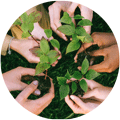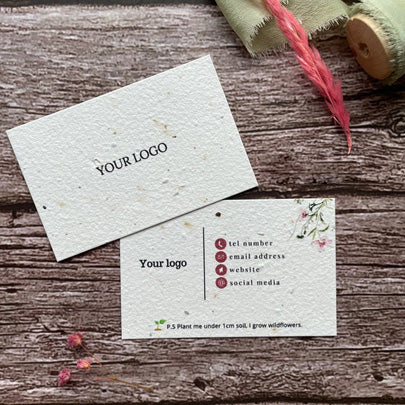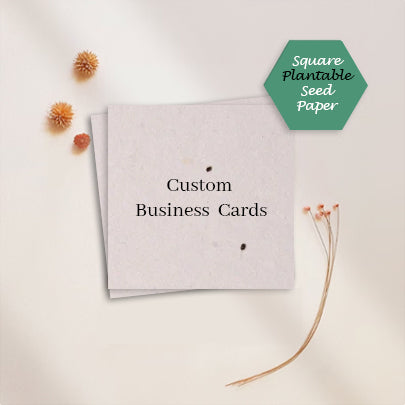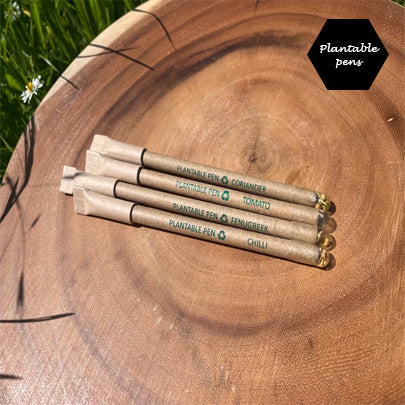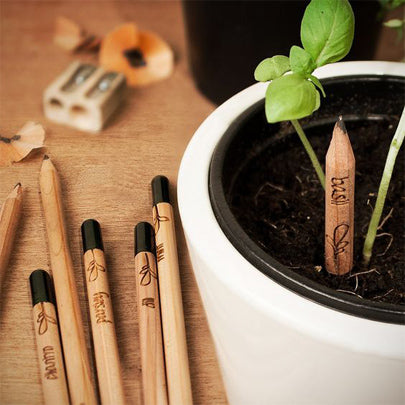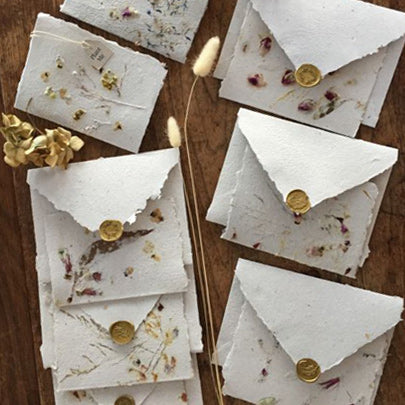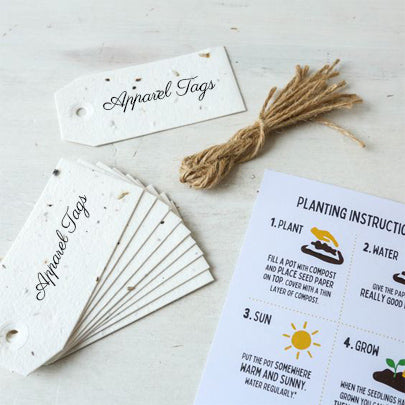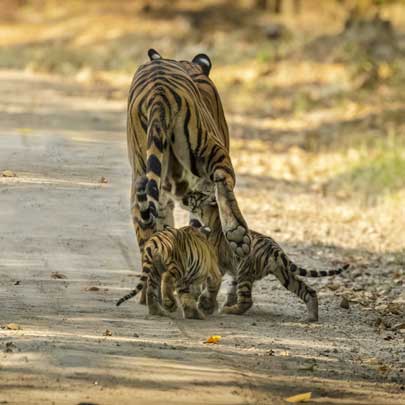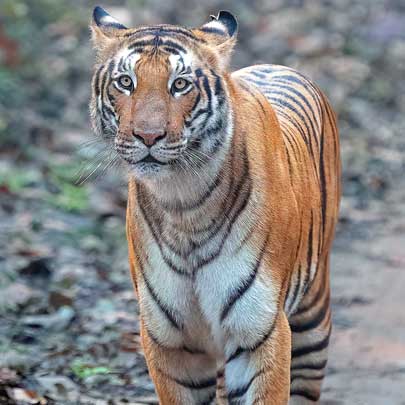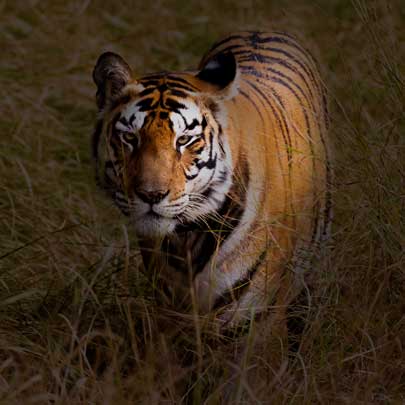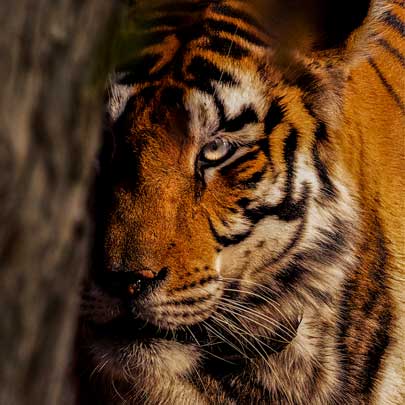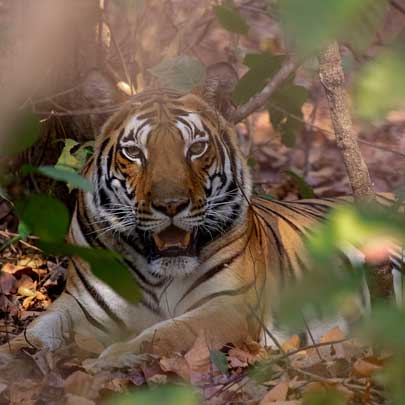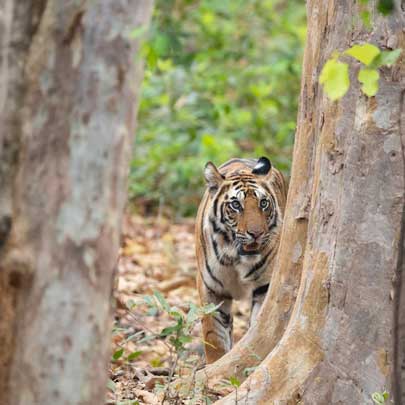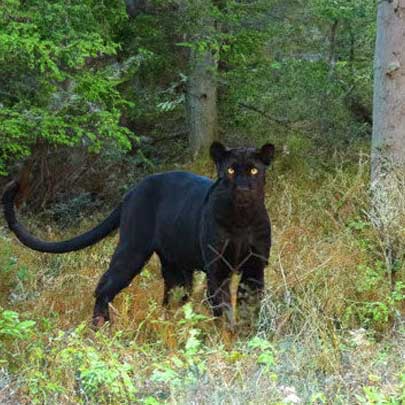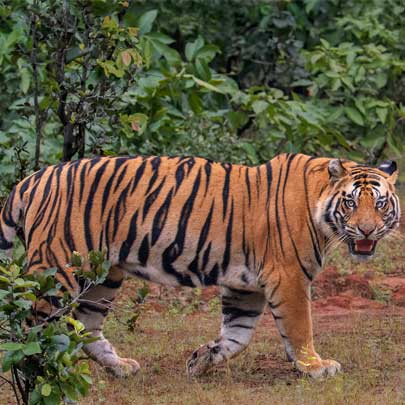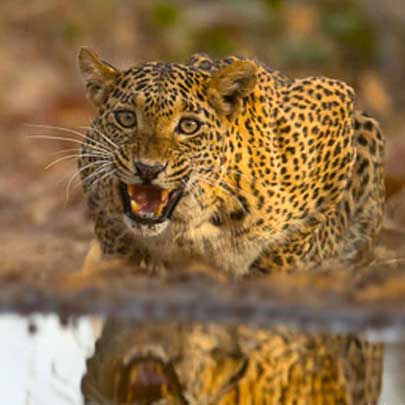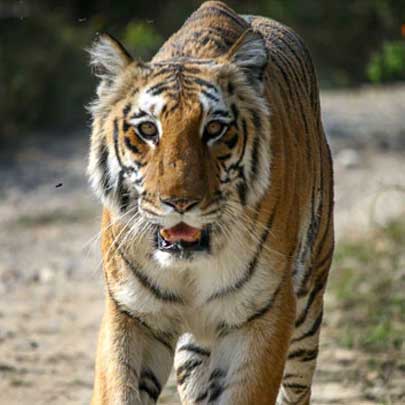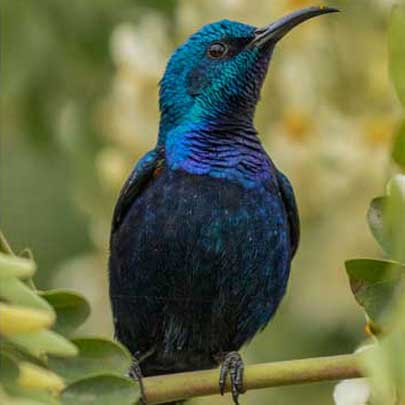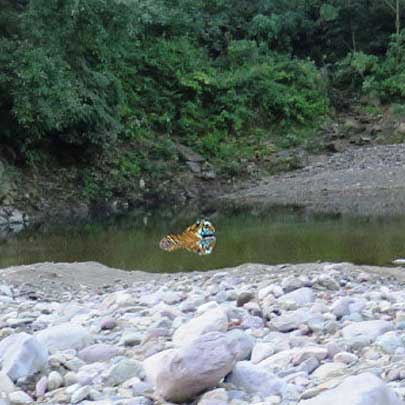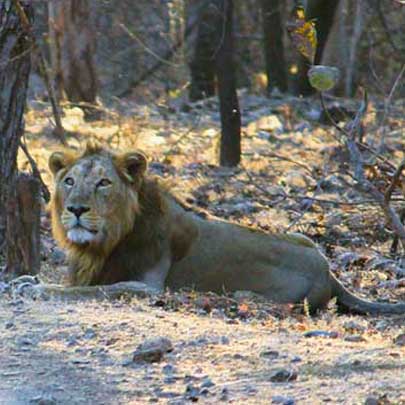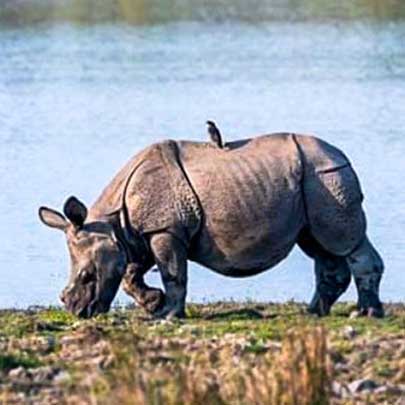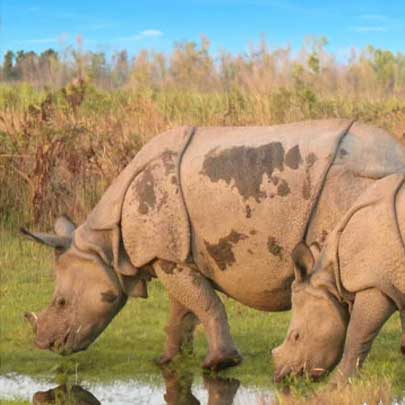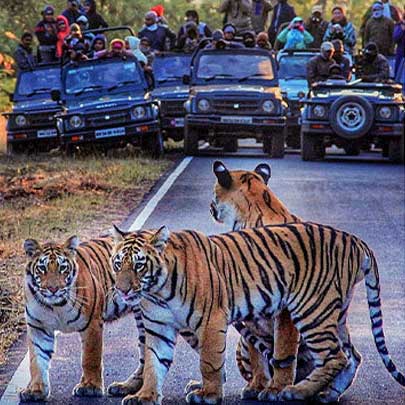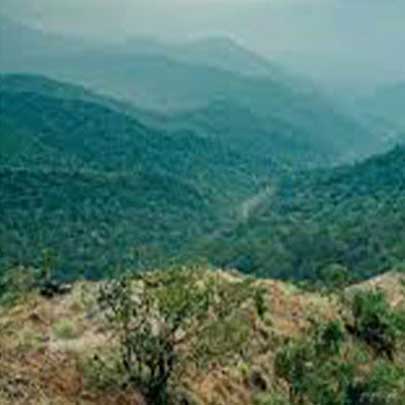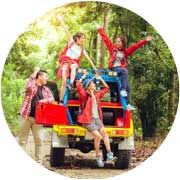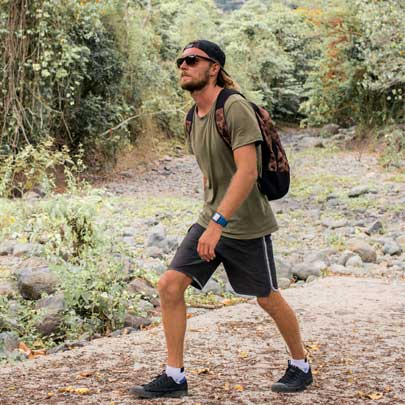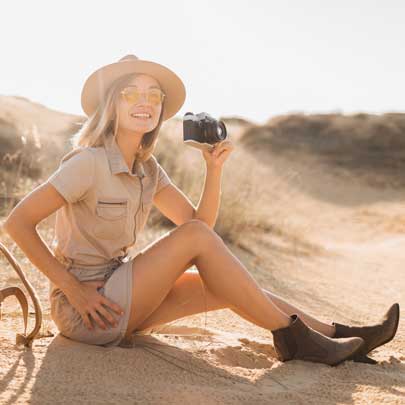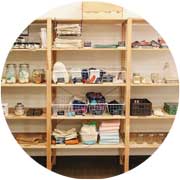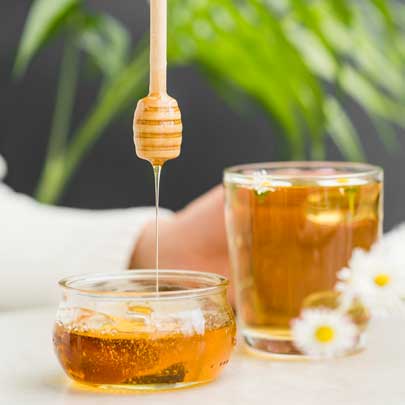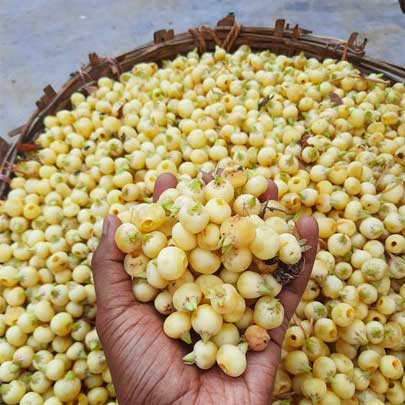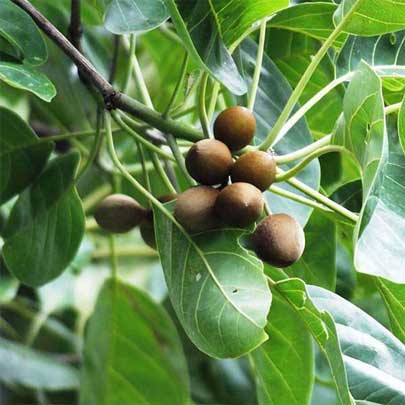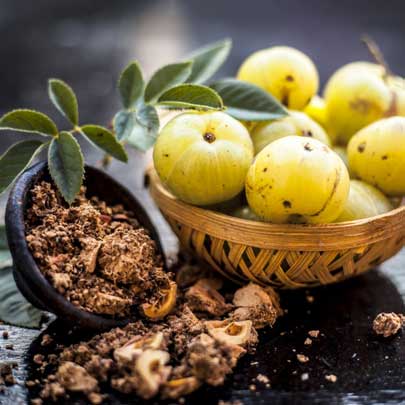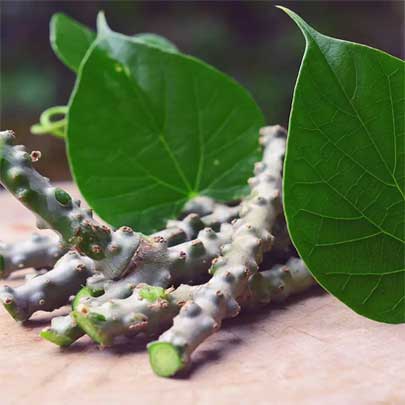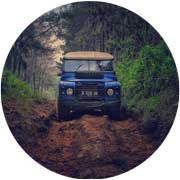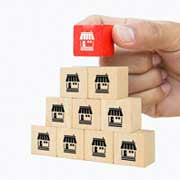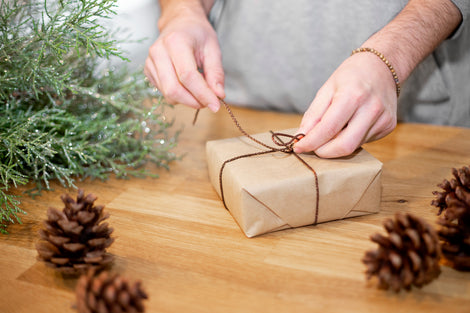🌳 Animals You Can Help by Planting Trees: How Reforestation Saves Wildlife
🌳 Animals You Can Help by Planting
Trees: How Reforestation Saves Wildlife
In a world increasingly shaped by urban sprawl, climate change, and deforestation, one of the simplest and most impactful actions we can take to support wildlife is planting trees. From backyard saplings to large-scale reforestation projects, planting trees offers direct benefits to numerous animal species—some endangered, others keystone species crucial for biodiversity.
In this blog, we’ll explore how planting trees supports animal life, highlight specific animals you can help, and guide you on how to get involved in tree-planting initiatives, including those supported by Wildlense.
🌱 Why Planting Trees Helps Animals

Before we dive into the animal beneficiaries, let’s look at why trees are vital for wildlife:
✅ Trees provide habitat
Forests are home to over 80% of terrestrial animals. Trees offer shelter, nesting sites, and food sources.
✅ They regulate climate
Trees cool the environment, retain moisture, and stabilize ecosystems—key factors for animal survival.
✅ Trees combat climate change
Reforestation absorbs CO₂ and mitigates the effects of global warming, which threatens wildlife habitats.
✅ Trees reconnect fragmented habitats
By creating “green corridors,” trees help animals move safely between habitats—essential for breeding and feeding.
🐾 Animals That Benefit From Tree Planting

🦧 1. Orangutans – Southeast Asia
Status: Critically Endangered
Orangutans rely on trees for food, shelter, and movement. Tree planting in regions like Borneo can reconnect habitats fragmented by palm oil farming.
➡️ Plant: Native fruit trees and ficus species.
🐨 2. Koalas – Australia
Status: Vulnerable
Eucalyptus trees are not just food but life for koalas. Bushfires and deforestation have devastated their habitat. Planting eucalyptus is key to their recovery.
➡️ Plant: Swamp mahogany, blue gum, manna gum.
🦜 3. Amazon Birds – South America
Status: Many endangered
Macaws, toucans, and other birds depend on rainforest canopies. Deforestation threatens these vibrant species, but replanting native trees helps restore their ecosystem.
➡️ Plant: Brazil nut, mahogany, rubber tree.
🦋 4. Monarch Butterflies – North America
Status: Endangered
Monarchs rely on milkweed and oyamel fir trees during migration. Tree planting helps maintain this fragile life cycle.
➡️ Plant: Oyamel fir (Mexico), flowering trees (USA), milkweed.
🐆 5. Snow Leopards – Himalayas
Status: Vulnerable
Snow leopards depend on alpine forests for cover and prey. Tree planting stabilizes these fragile mountain ecosystems.
➡️ Plant: Himalayan pine, juniper, birch.
🦥 6. Sloths – Central/South America
Status: Vulnerable
Sloths live in the trees and use them as safe passage. Connecting forest patches through tree planting improves their mobility and safety.
➡️ Plant: Cecropia, fig trees, native broadleaf species.
🐘 7. Elephants – Africa & Asia
Status: Endangered
Elephants use trees for food and shade. Restoring savanna woodlands helps elephants and other large mammals thrive.
➡️ Plant: Baobab, wild fig, native fruit-bearing trees.
🌍 Wildlense: Supporting Wildlife Through Reforestation

Wildlense is one of the rising names in the eco-conscious space, actively supporting initiatives that connect people with nature through use of sustainable products such as plantable products, eco-tourism, wildlife photography, and conservation efforts. Their mission emphasizes responsible exploration and direct impact, particularly in supporting habitat restoration.
Through collaborations with conservation groups and on-ground reforestation projects, Wildlense encourages eco-tourists and nature lovers to contribute to wildlife by planting trees. Their eco-travel experiences often include volunteer opportunities such as:
-
Participating in community-led tree planting
-
Supporting local wildlife sanctuaries
-
Documenting the recovery of animal habitats through photography and storytelling
If you’re looking to make your travel purposeful and support wildlife directly, consider engaging with Wildlense's rewilding programs.
🡆 Learn more about Wildlense’s impact-driven journeys at wildlense.com .
🌿 Real-World Tree Planting Successes
🇨🇷 Costa Rica
Once suffering from mass deforestation, Costa Rica reversed the trend and restored forest cover—bringing back species like the scarlet macaw and jaguarundi.
🇮🇳 India’s Mangroves
Mangrove reforestation protects endangered fishing cats and boosts fish populations for local livelihoods.
🇨🇦 Canada’s Boreal Forest
Restoration in this crucial forest zone supports lynx, moose, and over 300 bird species that nest there annually.
🌳 How You Can Help

✔️ 1. Join a tree planting event
Whether local or global, find reforestation events near you—or join those supported by groups like Wildlense.
✔️ 2. Buy from tree-positive brands
Support eco-businesses that use plantable products or donate a portion of profits to planting trees.
✔️ 3. Plant wildlife-friendly trees at home
Choose native species that support birds, bees, and other pollinators in your area.
✔️ 4. Sponsor a tree via Wildlense
Many of Wildlense's programs let you sponsor trees or plant them as part of a conservation tour.
✔️ 5. Spread awareness
Share stories, facts, and success stories (like this one!) on social media or blogs to inspire more tree planters.
🌎 Final Thoughts
Planting trees may seem like a small act, but for many species, it's the difference between survival and extinction. Every sapling is a potential sanctuary, food source, or migration route for countless creatures.
By working with organizations like Wildlense or simply starting in your backyard, you can be part of the solution to habitat loss and biodiversity decline.
So the next time you think about making a difference—plant a tree. Save an animal. Rewild the world.



